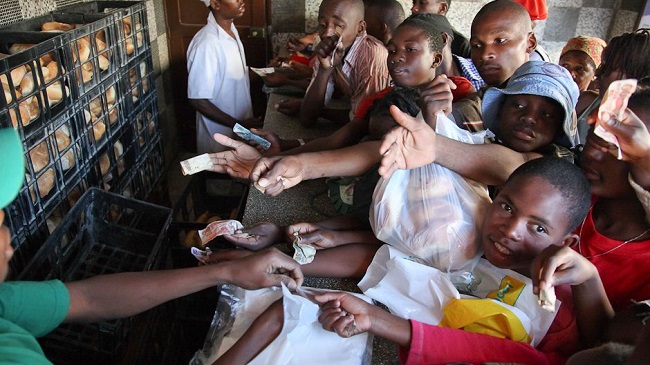One of Johnson’s goals in his War on Poverty was to increase people’s access to better jobs and living conditions. However, Johnson’s War on Crime was launched at the same time as these measures because of widespread blame placed on African Americans for urban disorder.
From The War On Poverty To The War On Crime
With the passage of the Law Enforcement Assistance Act in 1965, the federal government was given the authority to aid in the process of militarising local police forces. As a result of federal anti-crime funding, nonprofits quickly found it in their best interests to work in tandem with law enforcement.

Welfare services were cut as investments in policing and punishment were increased under Richard Nixon and his successors. To combat what they believed would be rising crime rates, authorities advocated for the construction of more jails and expanded police presence into urban institutions like schools and public housing.
Poverty and Inequality
In the 1980s, the primary national solutions to poverty and inequality were centred on crime control and incarceration. Republicans and Democrats alike had been working toward a more punitive urban policy since the 1960s, and the efforts of that decade were the culmination of that process.
One in every 31.1 American adults, and one in every 11 African American men, are currently incarcerated. The United States, the self-proclaimed “country of the free,” has the largest jail system in the world. The widespread perception that the Reagan administration’s War on Drugs is to blame for America’s jail problem is refuted by Elizabeth Hinton, who instead places the blame on the social welfare programmes of Lyndon Johnson’s Great Society during the height of the civil rights era.
For example, in March of 1965, President Lyndon Johnson sent three measures to Congress that exemplified the government’s mixed reaction to the civil rights movement. The Voting Rights Act ensured that African-Americans in the South could vote as full citizens, the Housing and Urban Development Act funded private housing for low-income tenants, and the Law Enforcement Assistance Act gave the federal government a role in local police operations. In addition to being a watershed moment in the civil rights movement, this year also marked a significant turning point for liberal reform, with programmes like Job Corps and Head Start being implemented.
Last Words
Early in 1974, police in Watts, California, saw a group of twelve black teenagers about 10:30 p.m. inside the restaurant. It had been nearly a decade since the upheaval in South Central, and although no such episodes of collective violence had occurred in the region since, the sight of black citizens congregated together was always enough to trigger the suspicion of law authorities.
The city recently renewed its curfew rules that prohibited minors without a parent or guardian’s presence from being in public places after a certain time. Effectively masking the true intent of the measure,…


